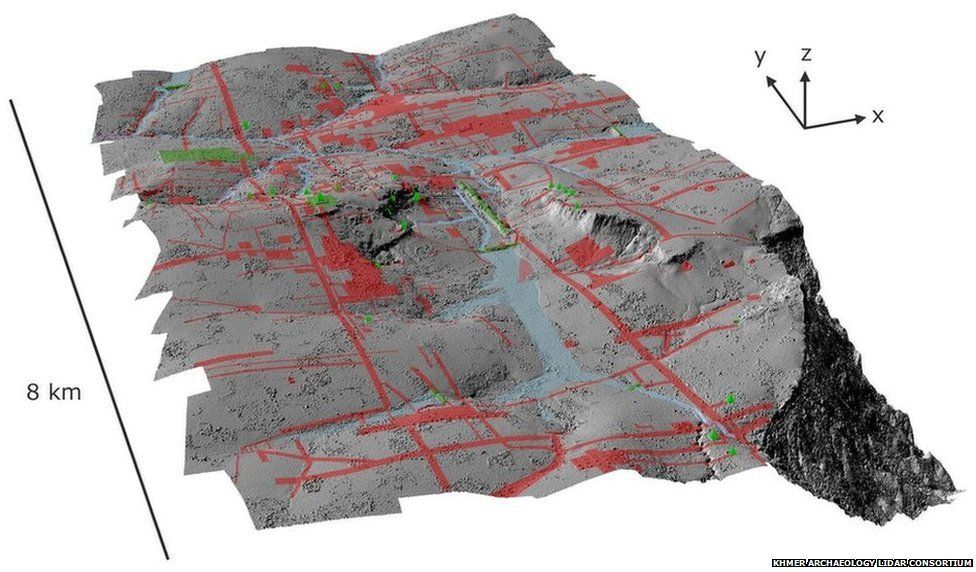 |
| Good-bye to Moab: La Sal Mountains (Manti-La Sal National Forest) |
Long-term readers may recall that I took a long western USA road trip in 2016. I started in Redlands, California, where I imposed on my daughter and borrowed her station wagon for this trip (over 3,500 miles total). I followed Route 66 eastward as far as Albuquerque and Santa Fe and then joined friends in Moab. I wrote about Arches National Park, Canyonlands National Park, the Syncline Loop in Canyonlands, and the Volkswagen disposal yard/museum. After two weeks of hiking, good food, and fine companionship, I headed west and returned to California.
This article will continue the road trip back to southern California through Utah and Nevada.
Southern Utah is a wonderland of geology, spectacular vistas, mountains, and long miles between towns. Signs on I-70 warn you, "No services for the next xxx miles." Be sure you have plenty of fuel in your car as well as emergency supplies.
 |
| Dawn on the Green River, Green River, Utah (2019 Tri-X photograph) |
 |
| Fremont River, Capitol Reef National Park (2019 Tri-X photograph, Hasselblad camera) |
For the first day, I drove west on I-70 and then on Utah 24 to Capitol Reef National Park, a fabulous location. Driving at 90 miles per hour at 7,000+ feet elevation pushed the little engine. After some hiking and a night near Capitol, I said good-bye to my friends and headed south on Utah's Hwy. 12 through the Dixie National Forest.
 |
| Dixie National Forest, Utah Rte. 12, approx. 9,000 ft elevation |
 |
| Grand Staircase–Escalante National Monument |
Byway 12 then drops down into the Grand Staircase–Escalante National Monument. This is one of the nation's phenomenal visual treats, a remote landscape covering 1,880,000 acres where dinosaurs roamed and Native Americans drew art on rock faces. President Clinton designated this region as a national monument in 1996 to preserve cultural and scenic resources. The Trump administration reduced the area of the monument by over a half in a scummy attempt to spur a mining and coal boom, although the Utah Geological Survey concluded that the prospects of profitable minerals, tar sands, coal, oil, and gas were very limited (essentially non-existent). On October 8, 2021, President Biden restored the original boundaries of the monument.
The little town of Escalante, in the Potato Valley, is a center for recreation. Route 12 passes right through town, and it is one of the few locations to buy some food or gasoline. The Peoples Exchange on 115 North Center Street is an early-20th century general merchandise store. The building may house occasional art exhibits.
 |
| Too pooped on Main Street, Cannonville, Utah |
Keep driving west on 12 and you reach Cannonville. It's tiny, with not much there. But turn south on Kodachrome Road and head south through a rugged landscape to Kodachrome Basin State Park.
 |
| Kodachrome Road, Utah |
 |
| Near Kodachrome Basin State Park |
Kodachrome Basin State Park is a wonderland of rock spires and canyons revealing 180 million years of geological history. In 1948, a National Geographic Society expedition gave the name Kodachrome to this area after the popular color film.
 |
| Route 9, the Zion-Mount Carmel Highway |
 |
| Court of the Patriarchs (sandstone monoliths), Zion National Park |
 |
| "I am a citizen, not of Athens or Greece, but of the desert...." |
 |
| The Mad Greek, Baker Blvd., Baker, California |
Heading west out of Zion, the next stop is the city of Las Vegas. I had not been there before and was singularly unimpressed. Much of the city is dumpy and dirty but may have some decent urban decay topics. However, I needed a restroom and used a very elegant one at a casino. And they gave me some iced sparkling water.
Continuing southwest out of Las Vegas on I-15, the terrain is rather dull desert. But stop! Quick, take the exit at Baker. There are Greeks in the desert! And they will serve you Greek coffee and baklava or a giant sandwich. Ahhh...
I have written before about some of the remnants of Route 66 in eastern California (click the links):
This ended my 2016 road trip. I can't wait to head out west again.







































